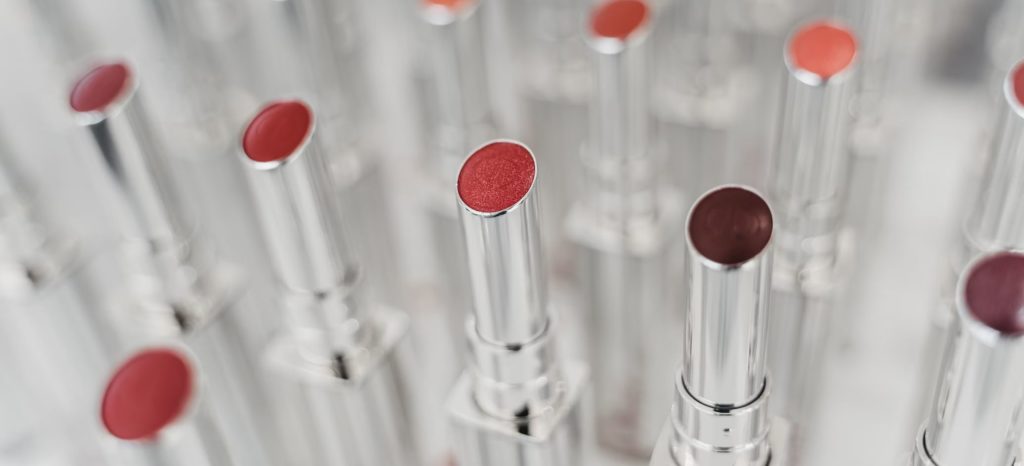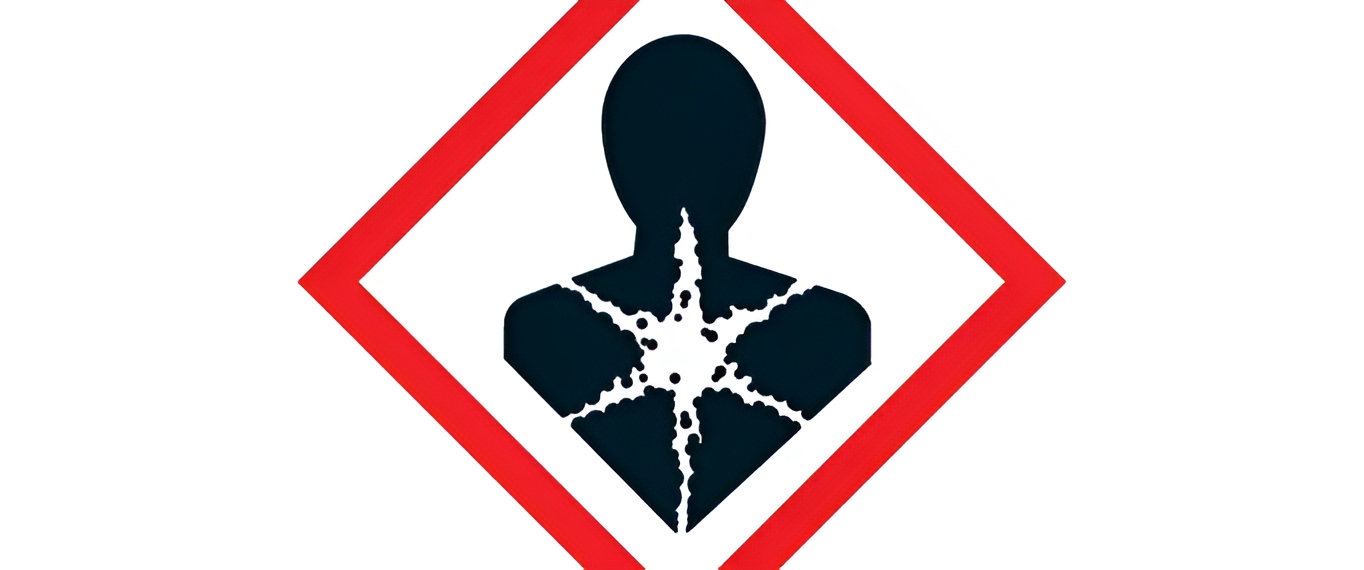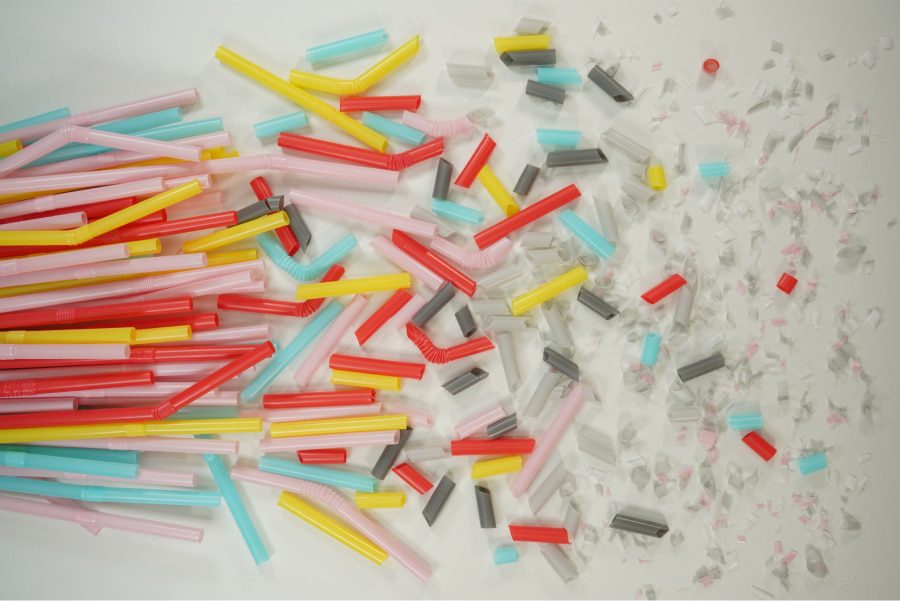What are nanomaterials?
Regulation (EC) 1223/2009 (click here for the current consolidated version) describes nanomaterials as:
“any insoluble or biopersistent and intentionally manufactured material having one or more external dimensions, or an internal structure, measuring from 1 to 100 nm”
Furthermore, the Commission Recommendation of 18 October 2011 elaborates on this definition:
‘Nanomaterial’ means a natural, derived, or manufactured material containing particles in the free, aggregated, or agglomerated state, where at least 50% of the particles in the numerical size distribution have one or more external dimensions between 1 nm and 100 nm.”
The document also notes that specific regulatory instances may justify applying a threshold below 50% due to environmental, health, safety, or competitiveness concerns.
Nanomaterials in cosmetics
In cosmetics, nanostructures can be classified into three classes: nanoemulsions, nanosomes, and nanomaterials.
- Nanoemulsions: i.e. very fine emulsions, whose average droplet diameter is less than 100 nm. They are used to increase the amount of active ingredient, improve the stability and consistency of the formula;
- Nanosomes: These are liposomes whose average diameter is less than 100 nm. They have the ability to encapsulate and protect more “fragile” active ingredients, e.g. vitamins;
- Nanomaterials already described and defined above;
Nanoemulsions and nanosomes are generally considered as safe as conventional emulsions. Consequently, the scientific discussion and concerns related to nanotechnology and its nanostructures mainly centre on nanomaterials in cosmetics.
Why are nanostructures used in cosmetics?
Nanostructures are used in cosmetics primarily for enhancing efficiency and providing technical or functional benefits. For instance, nanosomes serve as protectors for vulnerable active ingredients like vitamins, thereby enhancing ingredient stability and product effectiveness.
Another example is titanium dioxide in its nano form, which is utilised in sunscreens. At this scale, it more effectively filters UV rays and avoids the “white streak” effect, offering both improved performance and a more aesthetically pleasing application.
Additionally, nanostructures help optimise the texture of cosmetic products. Nanoemulsions, for example, enable the formulation of products with a high oil content without the greasy feel typically associated with such compositions.
Nanomaterials and Regulation (EC) 1223/2009

The Cosmetics Regulation outlines a clear definition of nanomaterials, along with the procedures for pre-marketing notification, safety assessment, and labelling of nanomaterials intended for use in cosmetic products. Thus, the key aspects in the cosmetics field for nanomaterials are primarily the safety assessment, followed by labelling, and then notification to the CPNP.
Let’s delve deeper into these three critical areas.
Safety Assessment of Cosmetics Containing Nanomaterials
Article 16 of Regulation (EC) 1223/2009, entirely dedicated to nanomaterials safety, states that:
” A high level of human health protection must be ensured for any cosmetic product containing nanomaterials. “
Basically, every cosmetic product containing nanomaterials must be subjected to the Safety Assessment prepared by a Safety Assessor. For more information on this, you can read our article on Cosmetic CPSR, as well as any other cosmetic as indicated by Article 10 of Regulation (EC) 1223/2009.
According to the Scientific Committee on Consumer Safety (SCCS) guidelines on the safety of nanomaterials as cosmetic ingredients, the nanoscale size and potential differences in physicochemical properties, biokinetic behaviour, and toxicological effects necessitate consideration of additional aspects. A thorough safety assessment of nanomaterials used in cosmetics is required, one that comprehensively addresses these factors:
– The method for calculating dermal and oral exposure to nanomaterials is not very different from that of conventional cosmetic ingredients. However, some assumptions used for estimating dermal absorption of conventional chemical ingredients are not applicable to nanomaterials. The dermal absorption of nanomaterials will therefore have to be determined experimentally;
– For spray application of products containing nanomaterials, it will be necessary to measure the droplet size and size distribution of the dried residual aerosol particles;
– The probability and extent of translocation of nanomaterials through the skin, lungs or gastrointestinal barriers (if applicable) should be determined by mimicking real-world use scenarios, with due consideration of nano-aspects;
– Where there is evidence of systemic absorption, further investigation will be needed to confirm whether the absorbed material was in particle form or in solubilized/metabolised form. Where particle uptake cannot be excluded either from experimental data, nor justified on the basis of the solubility/degradation of the nanomaterial, the SCCS can apply a predefined approach and assume that 100% of the absorbed material was in particle form;
– Where the application of a cosmetic product containing nanomaterials may result in systemic exposure, toxicological assessment data will be required. Any testing of nanomaterials for hazard identification/dose response characterisation should be carried out in consideration of nano-related aspects. Information on possible local effects will also be requested;
– The initial focus of the tests should be on ADME parameters (absorption, distribution, metabolism and excretion) to study the fate and behaviour of the nanomaterial in the body (in vivo or ex vivo) and identify probable target organs;
– As with conventional cosmetic ingredients, data on toxicological endpoints will be requested. These include cutaneous/percutaneous absorption, acute toxicity, irritation (skin and eyes) and corrosiveness, skin sensitization, repeated dose toxicity, and mutagenicity/genotoxicity. Additional information on carcinogenicity and reproductive toxicity may be requested to evaluate nanomaterials safety. Data on photo-induced toxicity are specifically required when the cosmetic product is intended for use on skin exposed to sunlight and is capable of absorbing light;
– Regarding the calculation of MoS (Margin of Safety), the risk assessment of a nanomaterial is no different from other conventional ingredients. Where data have been derived from validated tests or from relevant and justified tests and the uncertainties are not high, there may not be a scientific reason to apply higher margins of safety to a nanomaterial than is done for a conventional material. However, where this is not the case and the data are insufficient or from inadequate testing, the safety assessor may consider applying additional uncertainty factors for a nanomaterial.
A major obstacle regarding the safety of nanomaterials in cosmetic products is that there are currently limitations in the validity of some of the in vitro tests used as they are developed for conventional (soluble) chemicals and not for nanoparticles. For example, in genotoxicity testing, considerations regarding the exposure of the cells and/or target organs examined must also be taken into account.
Notification to the CPNP of cosmetics containing nanomaterials
Article 16 of Regulation (EC) 1223/2009 states that, unlike other cosmetics, the transmission of products containing nanomaterials must be carried out six months before the product is placed on the market:
” In addition to the notification referred to in Article 13, cosmetic products containing nanomaterials shall be notified by the responsible person to the Commission in electronic format six months before they are placed on the market, except where those products have already been placed on the market by the same responsible person before 11 January 2013. “
The provisions of Article 16 shall not apply to nanomaterials used as dyes, UV filters or preservatives covered by Article 14 unless expressly specified.
What information is notified to the Commission?
The following information shall be notified to the Commission:
- the identification of the nanomaterial, including its chemical name (IUPAC) and other descriptors, as specified in point 2 of the preamble to Annexes II to VI;
- a description of the nanomaterial, including particle size and physical and chemical properties;
- an estimate of the amount of nanomaterial contained in cosmetic products that are expected to be placed on the market per year
- the toxicological profile of the nanomaterial;
- data on the safety of nanomaterials relating to the category of cosmetic product in which the nanomaterial is used;
- reasonably foreseeable exposure conditions;
The Responsible Person may delegate the notification of nanomaterials by written mandate to another natural or legal person and must inform the Commission of this delegation. For further details on the obligations that the Responsible Person must adhere to, please refer to our article.
What happens if the Commission has concerns about nanomaterials safety?
As indicated by Article 16 of Regulation (EC) 1223/2009, in the event that the Commission has concerns about the safety of nanomaterials, it immediately requests an opinion from the Scientific Committee on Consumer Safety (SCCS) on the safety of those nanomaterials for use in the relevant categories of cosmetic products and the reasonably foreseeable exposure conditions. For more information, refer to our article on the SCCS.
The SCCS, upon the Commission’s request, delivers its opinion within six months of receiving the request. If the SCCS identifies missing data necessary for the assessment, the Commission will then instruct the responsible person to provide this data within a specified, non-extendable reasonable timeframe. Following the submission of the additional data, the SCCS formulates its final opinion within another six months. The SCCS’s opinion is made available to the public.
If there are potential risks to human health, the Commission may amend Annex II (List of substances prohibited in cosmetic products) and Annex III (List of substances prohibited for use in cosmetic products, except within certain limits).
Nanomaterials and cosmetic labelling

The Regulation mandates that the presence of nanomaterials be indicated on product labels. Specifically, in the list of ingredients, the name of the substance must be followed by the word “nano” in brackets. This requirement is established by Article 19 of Regulation (EC) 1223/2009:
“All ingredients present in the form of nanomaterials are clearly indicated in the list of ingredients. The word ‘nano’ in brackets follows the name of those ingredients. “
For example:
Ingredients: ……., Titanium Dioxide (nano), …………
The Nanomaterials Catalogue
As indicated in Regulation (EC) 1223/2009, in Article 16, i.e. the article relating to nanomaterials, it is indicated that:
“The Commission shall make available a catalogue of all nanomaterials used in cosmetic products placed on the market, including those used as dyes, UV filters and preservatives in a separate section, indicating the categories of cosmetic products and the reasonably foreseeable exposure conditions. Thereafter, that catalogue shall be regularly updated and made available to the public.”
The catalogue, which lists nanomaterials, is periodically updated and made available by the Commission. The most recent update was published on November 21, 2019, revising the version from 2017. This catalogue includes 29 nanomaterials:
- 3 dyes;
- 4 UV filters;
- 22 with other functions
This catalogue is based on the information submitted to the Commission by the persons responsible for the CPNP and contains information on UV filters, dyes, preservatives and ingredients with different functions in the form of nanomaterials, as well as indicating the categories of cosmetics in which they are used and the foreseeable exposure conditions. The catalogue does not represent a positive list of nanomaterials authorised for cosmetic use.
Do cosmetic ingredients in nano form pass through the skin?
Numerous studies, including those carried out under the European NANODERM research programme, have shown that nanomaterials such as nano titanium dioxide and nano zinc oxide do not cross the skin barrier, even if the skin surface is altered.
In 2006, the Australian Department of Health conducted a review of the scientific literature concluding that titanium dioxide does not penetrate under the upper layers of the skin.
Another review by the U.S. Environmental Protection Agency (EPA) confirmed these findings.
From these studies, we know that nano titanium dioxide does not remain in nanometer form when formulated but that it aggregates into aggregates and agglomerates from 1 to 3 microns.
Nanomaterials and REACH
Nanomaterials are included in the REACH definition of “substance” and are therefore subject to the same regulatory framework (through the application of REACH and CLP) as other substances. The general obligations under REACH consist of the registration of manufactured substances in the amount of 1 tonne or more and the provision of information in the supply chain that applies as for any other substance.
Recent update: The EU bans the use of several nanomaterials in cosmetics
In March 2024, the European Commission published a new regulation, the Commission Regulation (EU) 2024/858, restricting and/or prohibiting the use of certain nanomaterials in cosmetic products. This regulation takes into account the SCCS opinions of the past years, which conclude that due to the lack of sufficient data to assess the safety and the potential mutagenic/genotoxic and immunotoxic/nephrotoxic effects of some of the nanomaterials, they can pose a health risk to the consumer when used in cosmetic products.
Considering this, the European Commission has decided to amend Regulation (EC) No 1223/2009, adding the following nanomaterials to Annex II (From 1 February 2025 cosmetic products containing these substances shall not be placed on the Union market. From 1 November 2025 cosmetic products containing these substances shall not be made available on the Union market):
- Styrene/Acrylates copolymer (nano), CAS 9010-92-8
- Sodium Styrene/Acrylates copolymer (nano), CAS 9010-92-8
- Copper (nano), CAS 7440-50-8
- Colloidal Copper (nano), CAS 7440-50-8
- Colloidal silver (nano), CAS 7440-22-4
- Gold (nano), CAS 7440-57-5
- Colloidal Gold (nano), CAS 7440-57-5
- Gold Thioethylamino Hyaluronic Acid (nano), CAS 1360157-34-1
- Acetyl heptapeptide-9 Colloidal gold (nano)
- Platinum (nano), CAS 7440-06-4
- Colloidal Platinum (nano), CAS 7440-06-4
- Acetyl tetrapeptide-17 Colloidal Platinum (nano)
Furthermore, the following nanomaterial was added to Annex III (From 1 February 2025 cosmetic products containing this substance and not complying with the restrictions shall not be placed on the Union market. From 1 November 2025 cosmetic products containing this substance shall not be made available on the Union market):
- Hydroxyapatite (nano), CAS 1306-06-5:
a.Toothpaste: Maximum concentration in ready-for-use preparation – 10%
b. Mouthwash: Maximum concentration in ready-for-use preparation – 0.465%
For (a) and (b): Not to be used in applications that may lead to exposure of the end-user’s lungs by inhalation.
Only nanomaterials having the following characteristics are allowed:
- [composed of] rod-shaped particles of which at least 95.8% (in particle number) have an aspect ratio less than 3, and the remaining 4.2% have an aspect ratio not exceeding 4.9.
- The particles are not coated or surface-modified.
Do you have doubts about this topic and want to ensure your product is compliant? Are you uncertain about the entire process for your product that contains nanomaterials? Contact us, and we will assist you throughout the entire process!



